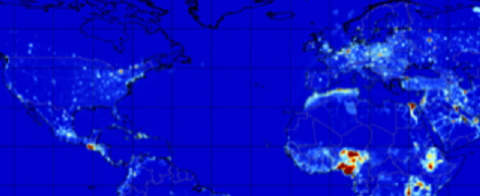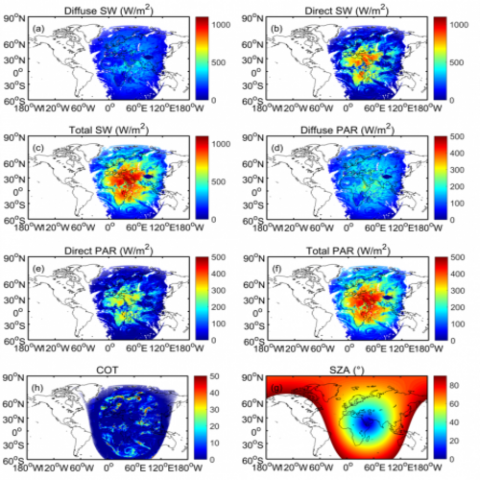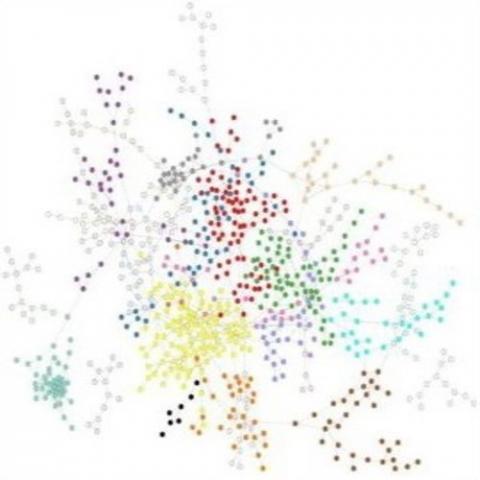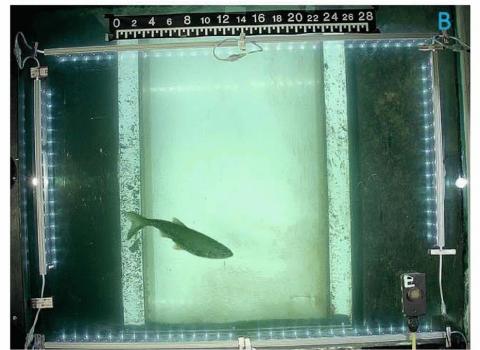Filter results
Category
- Scientific Discovery (27)
- Biology (17)
- Human Health (12)
- Earth System Science (9)
- Integrative Omics (7)
- Computational Research (6)
- National Security (5)
- Computing & Analytics (4)
- Data Analytics & Machine Learning (4)
- Microbiome Science (3)
- Energy Resiliency (2)
- Chemical & Biological Signatures Science (1)
- Chemistry (1)
- Coastal Science (1)
- Energy Efficiency (1)
- Energy Storage (1)
- Renewable Energy (1)
- Solar Energy (1)
- Weapons of Mass Effect (1)
Tags
- Omics-LHV Project (6)
- Virology (6)
- Differential Expression Analysis (5)
- Gene expression profile data (5)
- Immune Response (5)
- Multi-Omics (5)
- Time Sampled Measurement Datasets (5)
- Autoimmunity (4)
- Biomarkers (4)
- Homo sapiens (4)
- Mass spectrometry data (4)
- Molecular Profiling (4)
- Synthetic (4)
- Type 1 Diabetes (4)
- Machine Learning (3)
- Mass spectrometry-based Omics (3)
- Mus musculus (3)
- Omics (3)
- Biological and Environmental Research (2)
- Ebola (2)
- Human Interferon (2)
- Influenza A (2)
- Mass Spectrometry (2)
- MERS-CoV (2)
- Predictive Modeling (2)
- West Nile virus (2)
- Climate Change (1)
- DOE (1)
- Genomics (1)
- Proteomics (1)
Many important application data streams can be modeled as a complex graph of entities, where each graph node or entity is associated with a multi-variate time-series. The overall system’s behavior is modeled as a dynamical system, and it evolves through structural changes in the graph, and/or...
Datasets
1
Emissions of anthropogenic aerosol and precursor compounds substantially alter the Earth’s radiative balance, change the oxidation capacity of the atmosphere, alter cloud processes and precipitation amounts, and result in significant impacts on human health and ecosystems. One of the primary tools...
Datasets
1
The Human Islet Research Network (HIRN) is a large consortia with many research projects focused on understanding how beta cells are lost in type 1 diabetics (T1D) with a goal of finding how to protect against or replace the loss of functional beta cells. The consortia has multiple branches of...
Datasets
0
This data is a model of synthetic adversarial activity surrounded by noise and was funded by DARPA. The various versions include gradually more complex networks of activities.
Category
Datasets
1
The influence of tidal inundation dynamics on below ground carbon pools is poorly understood across coastal terrestrial-aquatic interface (TAI) ecosystems. The dynamic environmental conditions of tidally-influenced landscapes, the chemically complex nature of carbon compounds, the diverse nature of...
Category
Datasets
3
The Phenotypic Response of the Soil Microbiome to Environmental Perturbations Project (Soil Microbiome SFA) at Pacific Northwest National Laboratory is a Genomic Sciences Program Science Focus Area (SFA) Project operating under the Environmental Microbiome Science Research Area. The Soil Microbiome...
Datasets
23
Category
Datasets
1
Category
Datasets
54
Category
Datasets
1
The PNNL-SERDP database was constructed by PNNL to generate the quantitative infrared spectra of gases associated with biomass burning; the reference data are to allow detection and quantification of such gases via infrared absorption spectroscopy. Candidates for the database were selected based on...
Category
Datasets
2
Category
Datasets
1
Category
Datasets
1









